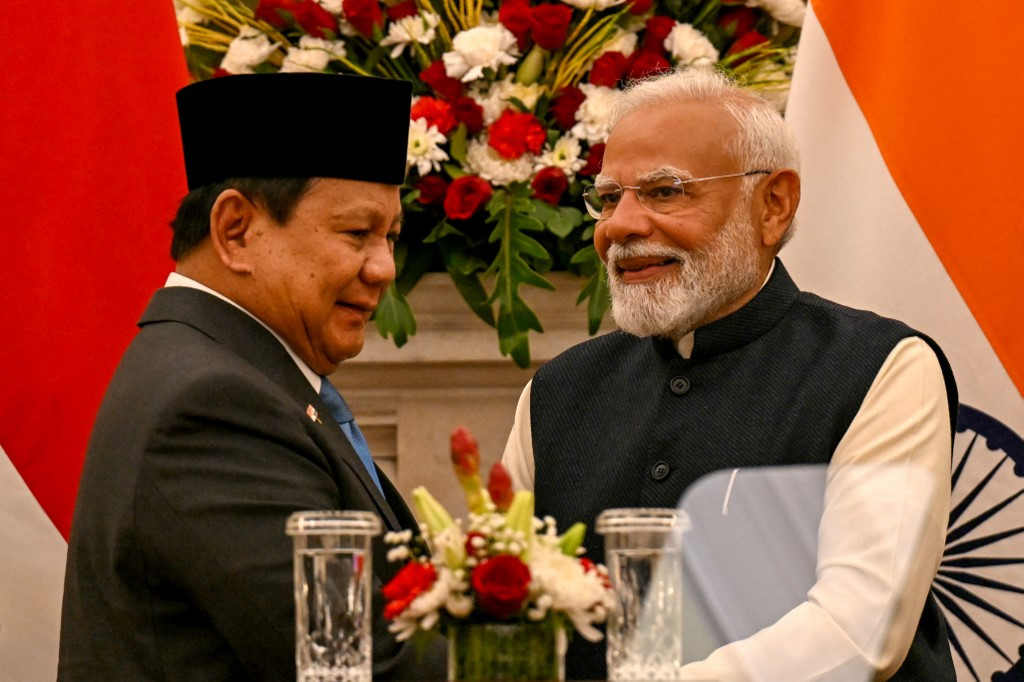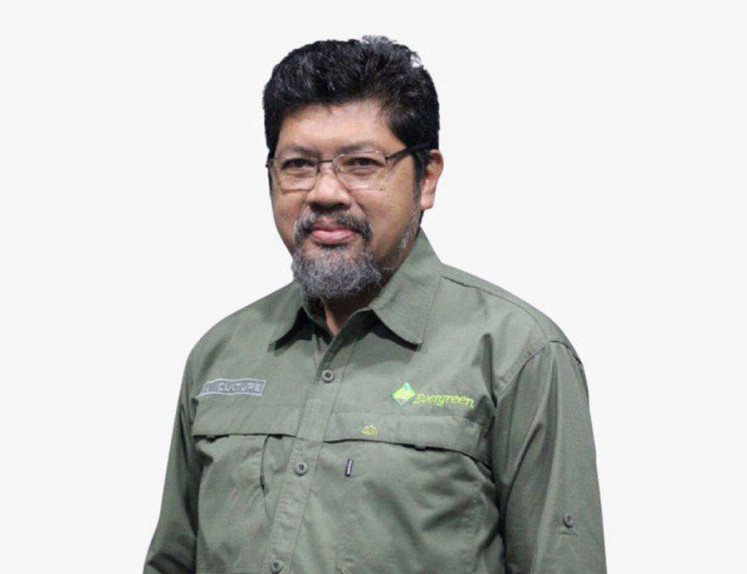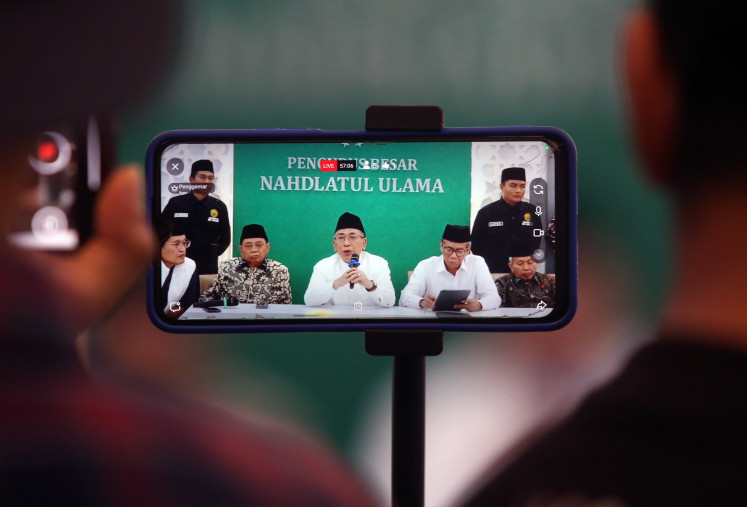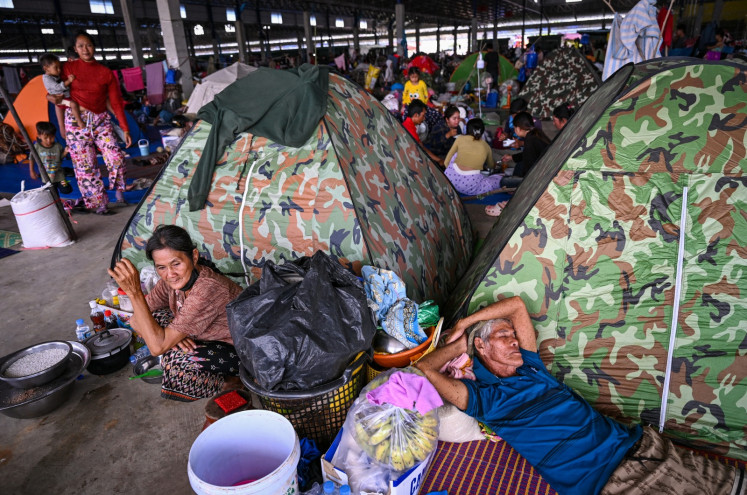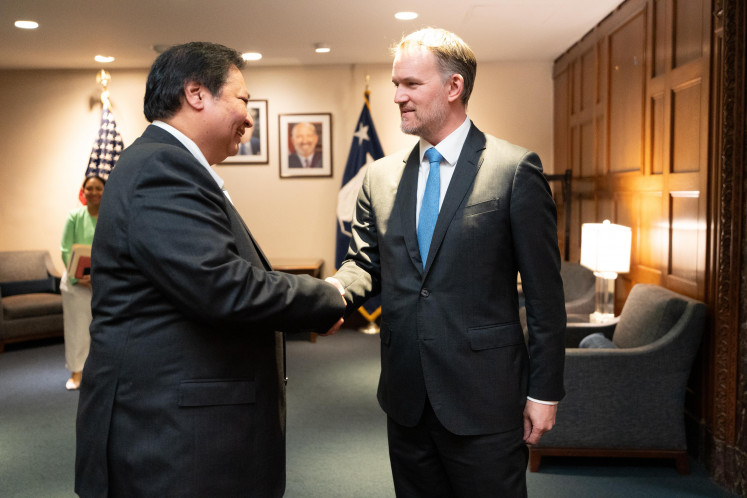Popular Reads
Top Results
Can't find what you're looking for?
View all search resultsPopular Reads
Top Results
Can't find what you're looking for?
View all search resultsIndia and ASEAN must savor the mango flavors
Instead of being preoccupied with how other powers such as China or the United States might perceive our cooperation, India and ASEAN should focus on working together for their own sake.
Change text size
Gift Premium Articles
to Anyone
T
he turbulence in today’s global order suggests that the world is drifting toward a form of bipolarity rather than the multipolarity that would be more suitable for India and ASEAN. The sharpening rivalry between major powers compels countries like ours to pursue hedging strategies, carefully balancing partnerships while preserving strategic autonomy.
For India and ASEAN, this means choosing partners on merit and safeguarding our interests in an increasingly uncertain environment. As the old saying goes, “when elephants fight or fall in love, it is the grass that suffers”.
In today’s context, the “grass” is the Global South, which often bears the brunt of great-power competition.
It is time for India and ASEAN to burnish their Global South credentials and use that identity as a platform for deeper engagement. Of ASEAN’s dialogue partners, India is the only one that truly belongs to the Global South.
ASEAN would do well to see India through that prism, rather than treating it as just another dialogue partner. This approach can open opportunities for collaboration rooted in shared experiences and challenges.
This is the central argument of my recent book, The Mango Flavour: India and ASEAN after a Decade of the Act East Policy, released in Jakarta. The metaphor of the mango suggests richness, freshness and enhanced flavor: precisely what India and ASEAN can add to their relationship.
Instead of being overly preoccupied with how other powers such as China or the United States might perceive our cooperation, India and ASEAN should focus on working together for their own sake. Together, we represent nearly 2 billion people. While our systems of governance may differ, the commonality of our problems and the need for solutions are strikingly similar.
Of course, there are differences in perspective. India and ASEAN countries often diverge in their approaches to China, the Indo-Pacific concept or trade issues such as the Regional Comprehensive Economic Partnership (RCEP). Yet, we have also found important areas of convergence.
A notable example is coordination between India’s Indo-Pacific Oceans Initiative (IPOI) and the ASEAN Outlook on the Indo-Pacific (AOIP), which provides a platform for joint action in areas such as maritime security and sustainable development.
Trade is another area of both divergence and promise. While India did not join the RCEP, it remains closely engaged with ASEAN through the ASEAN-India Trade in Goods Agreement (AITIGA), which is currently under review. The aim is to modernize it into a stronger instrument for building resilient regional supply chains.
Despite AITIGA’s shortcomings, ASEAN is already one of India’s top five trading partners, alongside China, the US, the European Union and the United Arab Emirates, each with bilateral trade exceeding US$100 billion. For this reason, India attaches great importance to upgrading its economic agreements with ASEAN. The goal is not to replace other dialogue partners, but to deepen and diversify engagement in ways directly relevant to the aspirations of our peoples.
Strategic autonomy, multipolarity and a renewed Global South perspective should therefore be the guiding principles for India-ASEAN relations. Beyond the strategic level, there are many functional areas, economic, developmental and sociocultural, where collaboration can grow.
One promising area is impact investing. This form of investment is strategically neutral, yet channels private capital into achieving the United Nations’ Sustainable Development Goals (SDGs).
During a recent visit to Jakarta, I engaged with an Indian impact investing company exploring opportunities in Indonesia and other ASEAN states. While this approach has already succeeded in India and parts of Africa, there is significant potential in ASEAN.
Indian impact funds have already invested about $21 million in Indonesian companies, with more flowing into other ASEAN economies. These funds bring not only capital but also expertise in mobilizing climate finance, philanthropic resources and impact-based venture capital. Such investments create grassroots development by building small and medium enterprises aligned with the SDGs, without burdening state exchequers.
They support entrepreneurship and private sector growth while addressing social needs. Impact investors already commit nearly $2 billion annually in ASEAN, but the challenge is to extend this down to the small and medium enterprise level so that benefits reach communities directly.
The green economy offers another significant frontier. Countries of the Global South have young populations who, if trained properly, can power the transition to greener industries and digital economies. Skill development tailored to the green and digital sectors could provide employment for the “next billion” young people across India and ASEAN. This represents not only an economic opportunity but also a social imperative.
In the context of the Indo-Pacific, AOIP identifies four priority areas: maritime cooperation, connectivity, SDGs and economic and other possible areas of collaboration. These dovetail with India’s IPOI.
Yet the future requires more than government-to-government exchanges, which are often limited to pilot projects. The private sector and private funds must also be brought into play, especially in areas such as the blue economy, port and infrastructure development and maritime industries.
These sectors can generate employment, strengthen environmental protection and enhance security along our coastlines. If approached outside the narrow prism of strategic rivalry, they can yield concrete benefits for our peoples.
The essence of the India–ASEAN partnership should be to find fresh ways of working together, drawing on our shared Global South identity and common developmental challenges. The relationship is not about being apprehensive of how others, whether the US, China or any other partner, will react. Rather, it is about recognizing the value of our own stake in regional peace, stability and prosperity.
As we look to the future, the mango flavor metaphor reminds us that India and ASEAN can infuse their partnership with new richness and depth. By upgrading trade, promoting impact investment, building resilient supply chains, training our young people and collaborating on green and blue economy initiatives, we can create a partnership that is strategically relevant and functionally beneficial.
The world may be tilting toward bipolarity, but India and ASEAN can demonstrate that cooperation among global south partners provides a viable alternative. Together, we can shape a multipolar and inclusive order that reflects the aspirations of our 2 billion citizens, enhances our autonomy and ensures that our voices carry weight in global affairs.
That is the enhanced flavor of India–ASEAN relations that the present moment demands.
The writer is a former Indian ambassador to Indonesia and ASEAN.

